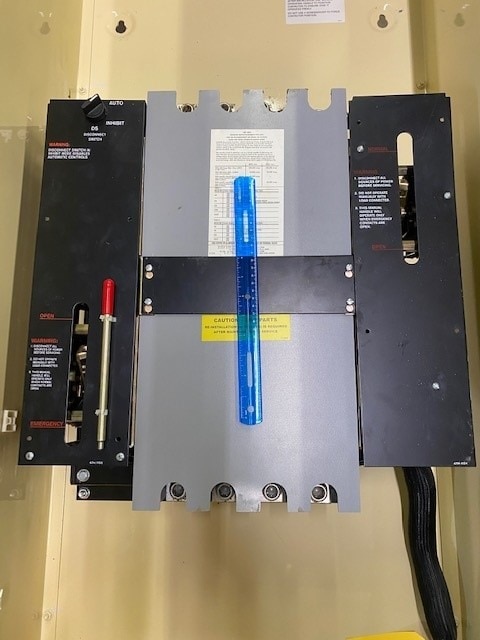When current-carrying contacts of a circuit breaker or a relay are caused to separate (e,g. system fault), an arc is formed. As long as this arc is sustained in between the contacts the current through the circuit breaker will not be completely interrupted because the arc is itself a path of conduction. Thus, the circuit breaker or relay must be designed to interrupt (also called "extinct" or "quench") the arc.
There has been a lot of research over the years on arc interruption. High speed photography and simulations have been the two most of common methods of research. Believe it or not, there are also two theories on arc formation/extinction: Energy Balance Theory (Cassie's theory) and Recovery Rate Theory (Slepian's Theory).
Before we launch into a dissertation on the arcing phenomenon, we wanted to gauge your interest in the Arc Interruption, as a piece of professional knowledge. So, here's the discussion question: Why Is It Important For You To Understand Arc Interruption Theory and Application?

 Why is it important?
Why is it important?